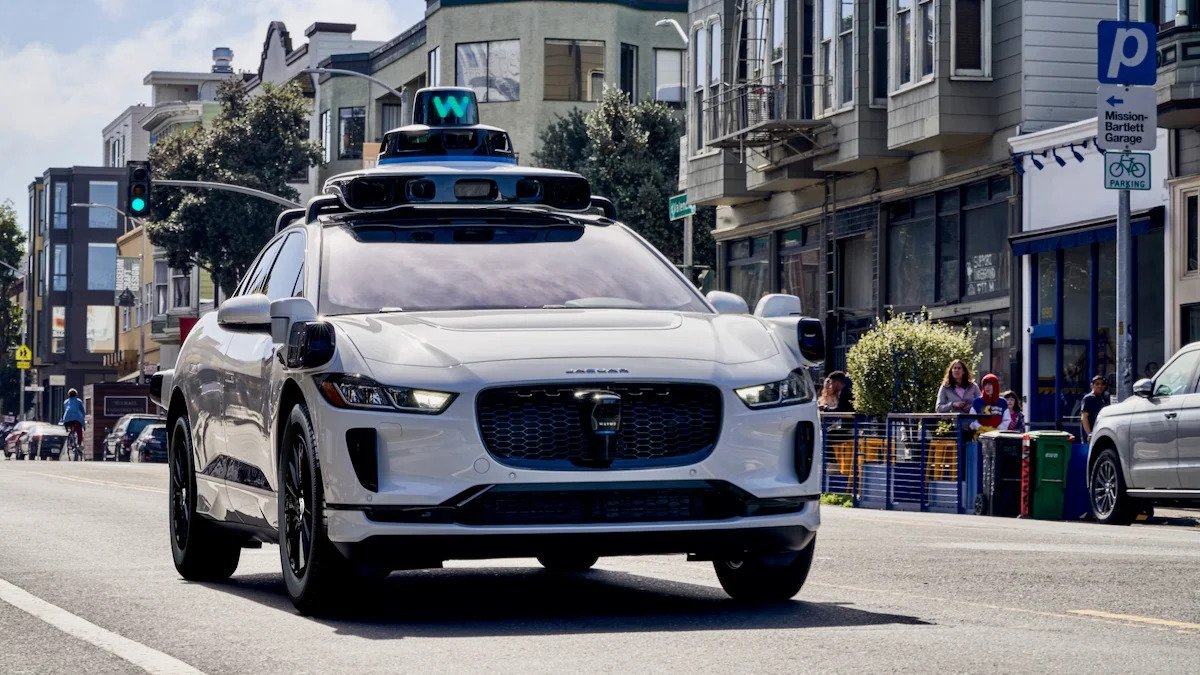Necessary Always Active
Necessary cookies are required to enable the basic features of this site, such as providing secure log-in or adjusting your consent preferences. These cookies do not store any personally identifiable data.
|
||||||
|
||||||
|
||||||
|

Alphabet’s Waymo self-driving cars are set to start operating in Washington DC, Reuters reported. Waymo said on March 25 that it’s looking to launch its fully self-driving taxis in the US capital in 2026.
Waymo One, the fully autonomous car, is already offering over 200,000 paid passenger trips in Phoenix, San Francisco, Austin, and Los Angeles every week. In 2024, the company completed over 4 million paid trips. Waymo is already planning to add Miami, Atlanta, and Washington DC to its growing list of US cities where it offers autonomous ride-hailing taxi services.
The Alphabet self-driving unit has already started moving its autonomous vehicles to Washington DC early this year. The company says it will be shipping more Waymo autonomous taxis to the US capital in the coming week as it prepares to introduce paid ride-hailing services next year.
“We’re excited to bring the comfort, consistency, and safety of Waymo One to Washingtonians, those who work and play in the city every day, and the millions of people from around the world who travel to the District every year,” Tekedra Mawakana, Co-CEO at Waymo said.
But the company says it will have to work with lawmakers to change laws in the capital prior to launching operations.
“We will also work closely with policymakers to formalize the legal framework needed to operate without a human behind the wheel, as Washington, D.C. does not currently allow for fully autonomous operations,” Waymo said.
Washington DC hosts federal lawmakers and regulators. US tech companies and automobile manufacturers have been urging local government officials to lift these restrictions to facilitate full deployment of driverless vehicles in the city.
Last week, trade groups that included the Autonomous Vehicle Industry Association wrote to the US Transportation Secretary Sean Duffy asking him to execute the national performance-based framework. The group also wants Duffy to announce the National Highway Traffic Safety Administration (NHTSA) as the only regulator of autonomous vehicle operations.
“If the federal government fails to act to advance sensible AV policies we will cede our leadership in this economically crucial sector to China. Multiple agencies and state regulatory regimes create inconsistent rules, risking safety gaps and eroding public trust,” the group said in its letter.
In October 2024, Waymo revealed that it had raised $5.6 billion in funding. The funding round was led by Google’s parent company, Alphabet led the investment. The self-driving taxi company plans to use this funding to launch Waymo robotaxis in additional cities.
Waymo plans to expand operations despite safety concerns from regulators continue to surface. In May 2024, the National Highway Traffic Safety Administration (NHTSA) started investigating the company after it received 22 reports about the robotaxis.
The reports indicated that the robotaxis displayed driving behavior that could potentially breach traffic safety laws. The reports also showed that Waymo autonomous taxis exhibited “unexpected behavior,” including 17 collisions.The NHTSA pointed out that some of the crashes involved visible objects that a competent driver would normally avoid.
In June 2024, the robotaxi company recalled 672 self-driving cars after one of its vehicles hit a wooden utility pole in Phoenix the previous month. The recall included a software update designed to improve the vehicles’ pole detection capabilities, along with more robust mapping improvements.
This was the second time the company was recalling its autonomous vehicles in the year. Waymo had recalled 444 cars in February 2024 following two driverless taxi crashes in Arizona. The company explained that a software flaw had led to incorrect predictions of one of its towed vehicle’s movements.
Despite these setbacks, Waymo says that its vehicles have been involved in 81% fewer injury-related accidents than an average human driver, with 154 fewer collisions. This is according to collision data gathered from over 50 million rider-only miles.